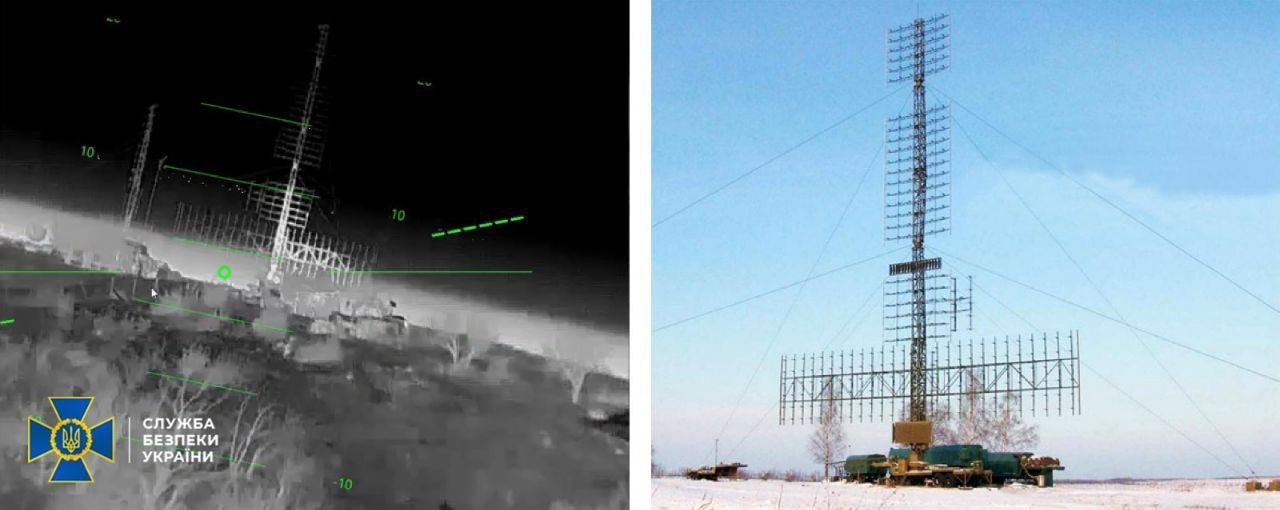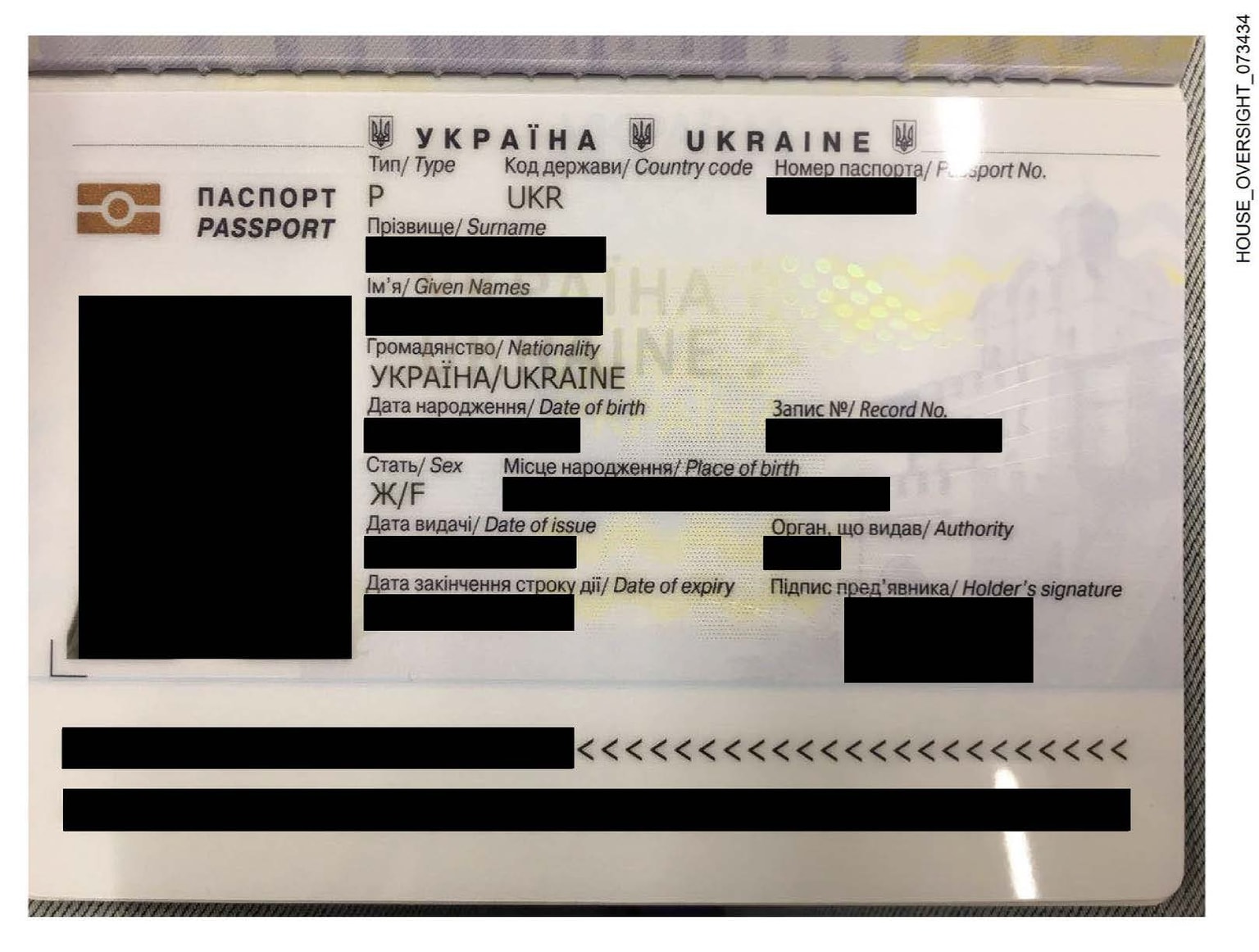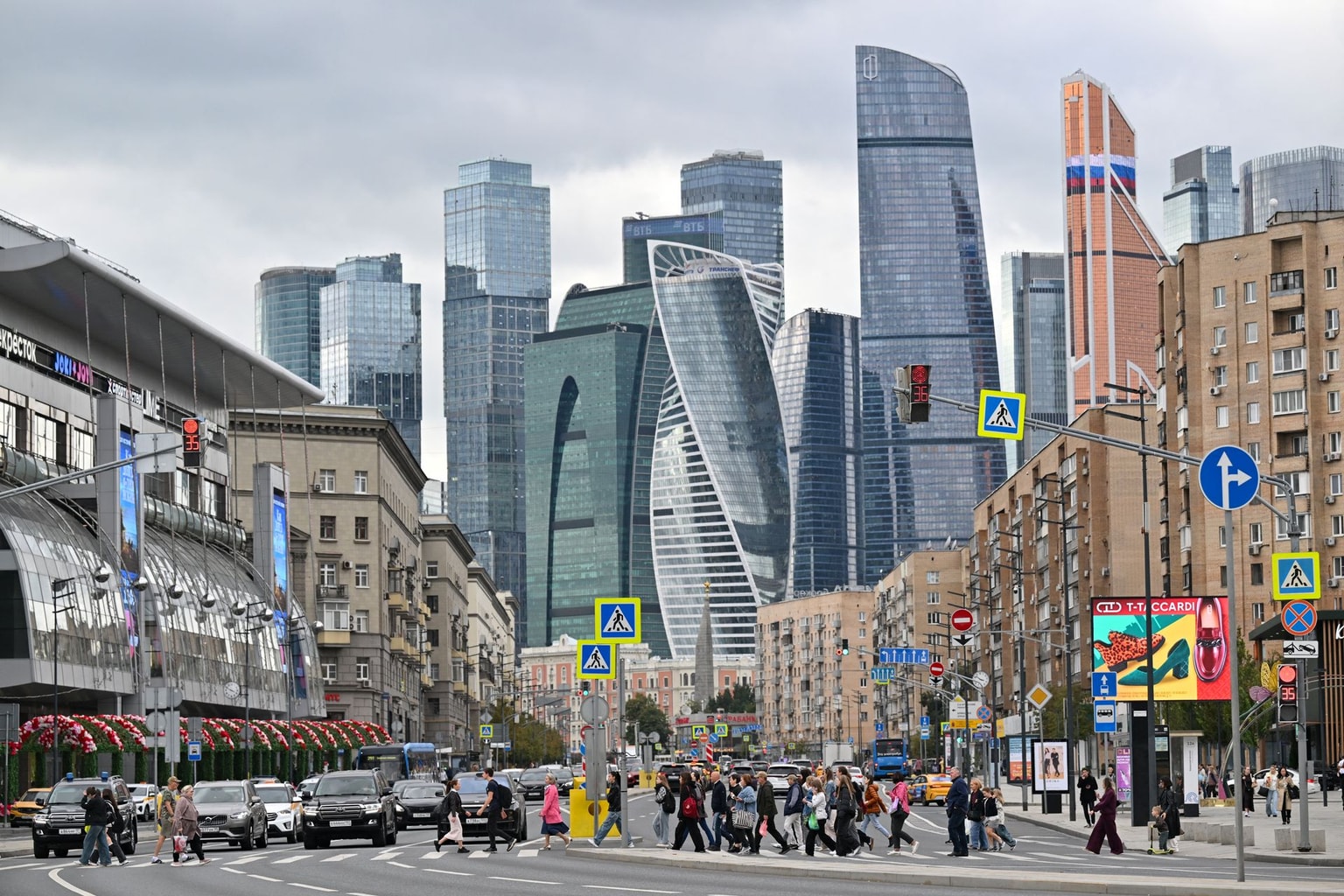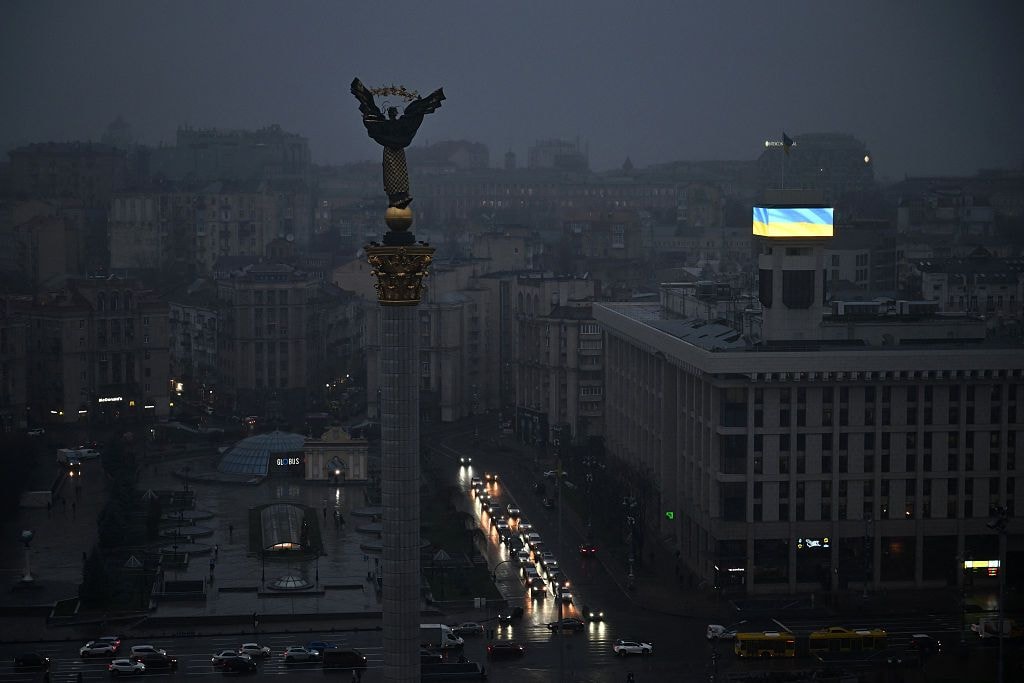The Russian military shelled several communities close to the Russian border 63 times on Jan. 14, Sumy Oblast Governor Dmytro Zhyvytskyi said in a Telegram post.
Russian forces fired at the Shalyhyne, Khotin, Esman communities with mortars and artillery over the past 24 hours, Zhyvytskyi reported. At least 25 landmines exploded in the Bilopillia community, 18 kilometers away from the border with Russia.
In the Khotin community, two private residences were destroyed and two others were damaged. A 62-year-old man was injured in the attack, according to the governor.
Located on Ukraine's northeastern border with Russia, Sumy Oblast is the target of daily Russian shelling and frequent missile strikes.










